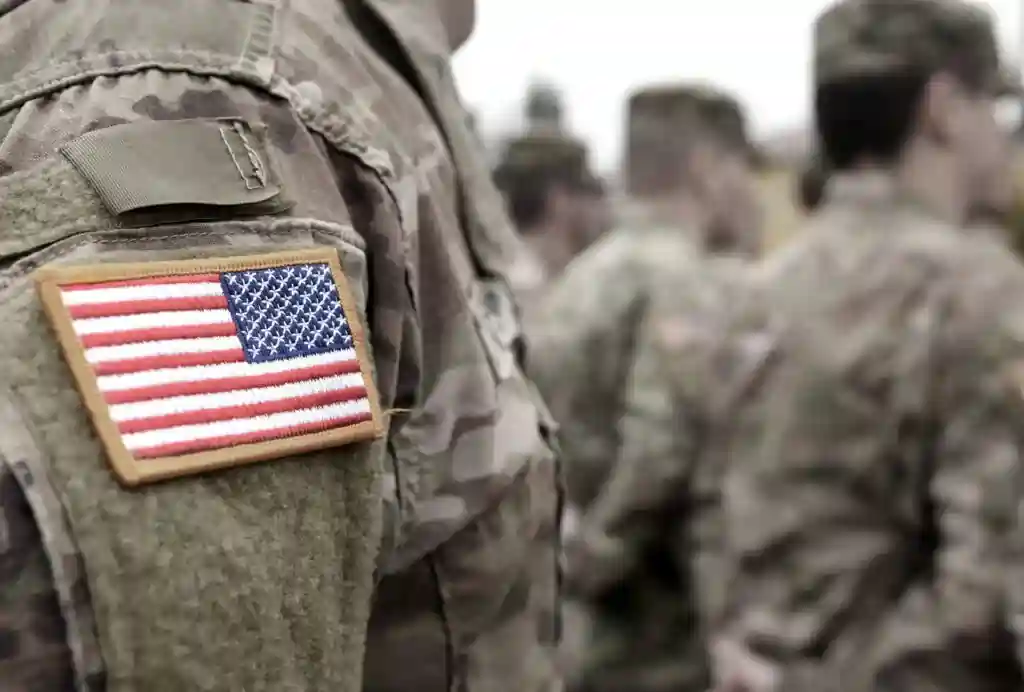Families File Lawsuits Alleging Tesla’s Electric Door Design Prevented Escape After Crash, Causing Two Young Adults to Die from Smoke Inhalation
Tesla’s innovative door systems, hailed as futuristic and elegant, are now at the center of a growing legal and safety controversy. Two California families have filed lawsuits alleging that Tesla’s Cybertruck doors trapped their children inside a burning vehicle, leading to preventable deaths. These tragic cases highlight a critical issue: what happens when a high-tech feature fails during a life-or-death moment?
The families of 19-year-old female and 20-year-old male claim their children survived the impact of a high-speed crash but were unable to escape the Cybertruck before it caught fire. The lawsuits allege Tesla’s reliance on electronic door systems created unnecessary dangers, especially when vehicle power was lost during the crash. As the National Highway Traffic Safety Administration begins its own investigation, these legal claims have sparked national attention, and more families may come forward.
How Tesla’s Electronic Doors Work And Why That Matters in a Crash
Tesla’s vehicles, including the Cybertruck, utilize electronic door systems powered by a 12-volt battery that operates independently of the main motor battery. These doors open and close at the touch of a button, offering a sleek, modern feel and flush handles that reduce wind resistance. However, in an emergency where the vehicle loses electrical power—such as a crash—these systems may fail.
That’s precisely what the lawsuits claim happened in the fatal crash involving the Cybertruck in Piedmont, California. According to the families, the vehicle’s power was cut off after the impact. As a result, rear-seat passengers could not open the doors using the electric buttons. The manual releases were hidden beneath rubber mats and required knowledge and effort to locate, impossible in a smoke-filled, panic-filled environment.
This case raises a vital question: Should emergency exits in vehicles be more intuitive and accessible?
The Fatal Crash and the Allegations Against Tesla
On the night of the crash, two people were riding in the back seat of a Cybertruck driven by a 19-year-old. According to the lawsuits, the vehicle slammed into a tree at high speed in the quiet neighborhood of Piedmont, California. The driver was found to be under the influence of alcohol and drugs and died on impact. However, the families’ lawsuits assert that the rear-seat passengers initially survived.
What killed them was not the crash, the lawsuits claim, but the fire that erupted afterward. They were alive but trapped.
A fourth passenger seated in the front was saved by a friend who broke the window using a tree branch. The two backseat passengers had no such help. The lawsuits argue that had Tesla included more accessible emergency exit options, both students could have survived.
Federal Safety Investigations and a Pattern of Design Failures
In addition to the lawsuits, Tesla’s electronic door systems are now under federal scrutiny. In September 2025, the National Highway Traffic Safety Administration (NHTSA) launched an investigation into complaints involving rear doors on 2021 Tesla Model Y vehicles. In several cases, passengers, often children, were reportedly trapped inside vehicles when the doors would not open, prompting desperate parents to break windows to free them.
This is not Tesla’s first brush with lawsuits over entrapment. The company previously settled a case involving Kevin McCarthy, a CEO who burned to death in a Model S after surviving a crash but being unable to escape.
According to the new lawsuits, Tesla has been aware of these safety hazards for over a decade and has failed to take appropriate steps to address them.
The Lawsuit Claims: Hidden Manual Releases and Avoidable Deaths
Both lawsuits emphasize that Tesla’s manual emergency release mechanisms are inadequate. To open the Cybertruck’s rear doors after a power loss, passengers must lift a rubber mat in the door pocket and pull a concealed cable. The families argue that this design is not suitable for emergency situations, especially during a fire.
One of the victim’s parents stated that such a release system is “obscure, nonintuitive, and highly unlikely to be operated in the chaos of a post-crash fire.” The other victim’s parents said their daughter “suffered unimaginable pain and emotional distress” before her death due to smoke inhalation.
These are not theoretical risks. They are based on real, documented fatalities.
Tesla’s Response and Potential Defenses
Tesla has not responded publicly to the new lawsuits. However, based on past legal strategies, the company may attempt to shift blame to the driver who was intoxicated at the time of the crash. They may also argue that the fire caused structural damage that prevented the doors from opening, rather than a design flaw.
But critics say these arguments ignore a larger issue: that Tesla had plenty of time and evidence to implement better safety measures. Other manufacturers using electronic doors have added features like capacitors to store emergency power or mechanical override levers in easy-to-access locations.
How Other Automakers Handle Electronic Doors
Tesla is not alone in adopting electronic doors, but its safety approach stands apart. Companies like Ford, Toyota, Volkswagen, and Lexus have taken additional precautions:
- Ford and Jeep use capacitors near the latch to provide just enough power for door release after a crash.
- Lexus vehicles allow doors to open manually by pulling the handles twice.
- Volkswagen’s ID.4 doors can be opened by simply pulling harder, switching to mechanical mode.
These features aim to reduce the risk of entrapment, especially in emergencies. Tesla’s systems, by contrast, require steps that are not intuitive or quick—such as locating hidden cables under mats, potentially costing passengers their lives.
Legal Grounds for a Lawsuit: Product Liability and Wrongful Death
Families of victims in these cases often pursue claims under two legal theories:
- Product Liability: This allows plaintiffs to hold manufacturers responsible for unsafe designs, even if the product functioned as intended.
- Wrongful Death: This claim seeks compensation for the preventable death of a loved one due to another party’s negligence or dangerous conduct.
In the Cybertruck fire case, the families argue that Tesla failed to provide a safe product and that its long-standing knowledge of the issue makes the oversight egregious.
Damages could include funeral expenses, pain and suffering, future lost income, and loss of companionship.
Why Legal Action Matters in Vehicle Safety Cases
When corporations release vehicles with unsafe systems, legal action is often the only way to force change. Lawsuits can shed light on hazardous designs, expose internal documents, and prompt regulators to take action. They also provide families with a sense of accountability—and in some cases, justice.
Tesla is currently valued in the trillions. Families of victims are demanding that some of that value be used to make vehicles safer, especially when known hazards remain uncorrected.
If you or your family has suffered harm related to a Tesla vehicle, you may be eligible to file a lawsuit and seek financial compensation.
FAQs About Tesla Door Lawsuits
- What is the main issue with Tesla’s Cybertruck doors? Tesla’s Cybertruck uses an electronic door system powered by a 12-volt battery. If the battery loses power in a crash, the door buttons may stop working. In the back seat, manual releases are hidden under rubber mats, making them difficult to locate during an emergency.
- Did the victims in the crash die from the impact? According to the lawsuits, the injuries from the crash were minor. The victims allegedly died from burns and smoke inhalation because they could not escape the vehicle in time due to the door design.
- Can Tesla be held responsible even if the driver was intoxicated? Yes. While the driver’s condition may be considered, the lawsuits argue that Tesla’s faulty door design directly contributed to the deaths. Product liability claims focus on whether the vehicle was reasonably safe under expected conditions.
- Is this the first time Tesla has faced a lawsuit like this? No. Tesla previously settled a similar case in Indiana, where a passenger was trapped in a Model S that caught fire. Other incidents have also been reported, prompting a federal investigation into Tesla’s door systems.
- Are other automakers using safer designs? Yes. Manufacturers like Ford, Lexus, and Volkswagen have integrated mechanical backup systems or stored energy systems that allow doors to open after a crash. Tesla’s designs do not currently offer comparable ease of access.
- Do I need to prove that the door was the cause of the injury? In most product liability cases, evidence must show that the design defect played a substantial role in the injury or death. Eyewitness accounts, expert testimony, and crash data can all be used as evidence.
- Can other passengers file lawsuits if they were injured or traumatized? Yes. Survivors of such incidents may have grounds to file personal injury or emotional distress claims, depending on the circumstances.
Contact Parker Waichman LLP For A Free Case Review
If you or a loved one was injured or killed in a Tesla vehicle and you believe the door system contributed to the harm, you may have the right to pursue legal compensation. These tragedies are preventable, and legal action can hold manufacturers accountable for unsafe designs.
Call Parker Waichman LLP at 1-800-YOUR-LAWYER (1-800-968-7529) today. Our national personal injury attorneys are investigating Tesla-related entrapment claims and will evaluate your case at no cost. Your consultation is free and confidential, and we are ready to help you seek the justice your family deserves.


































